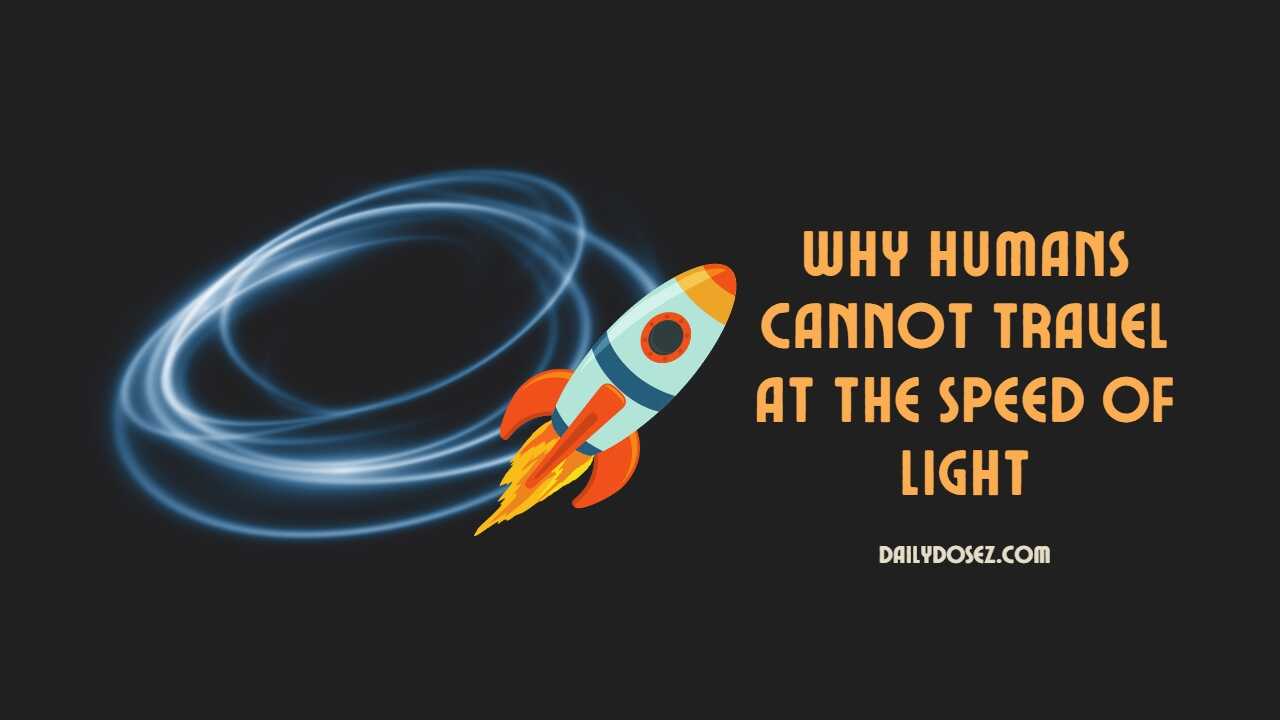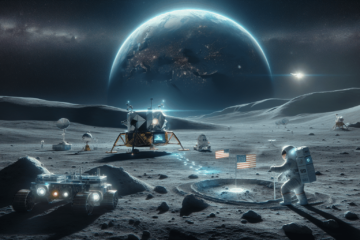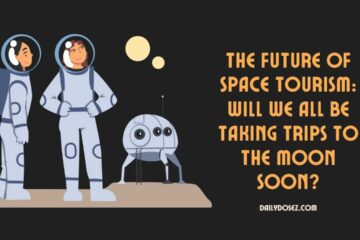The speed of light, commonly denoted as “c,” is an astonishing 299,792,458 meters per second. It is considered the cosmic speed limit, setting the bar for the fastest achievable velocity in the known universe.
While human beings have made tremendous strides in understanding and manipulating the laws of physics, traveling at the speed of light remains beyond our current capabilities. In this article, we will explore the fundamental reasons why humans cannot reach or exceed the speed of light.
Special Theory of Relativity
One of the fundamental pillars of modern physics is Einstein’s Special Theory of Relativity, which provides insight into the behavior of objects moving at speeds approaching that of light.
According to this theory, as an object with mass accelerates towards the speed of light, its energy and momentum increase infinitely. Consequently, it would require an infinite amount of energy to propel a massive object to the speed of light, rendering it an insurmountable barrier for humans.
Mass-Energy Equivalence
Einstein’s famous equation, E=mc², highlights the intrinsic relationship between energy (E) and mass (m). As an object accelerates, its relativistic mass increases, and consequently, its energy requirements skyrocket.
To put this into perspective, the amount of energy needed to accelerate a spaceship carrying human passengers to the speed of light would be unfathomably immense. Our current understanding of physics and available energy sources cannot meet such demands.
Time Dilation
Another intriguing aspect of relativistic speeds is time dilation. According to the theory of relativity, as an object approaches the speed of light, time slows down for the moving object relative to a stationary observer.
This phenomenon has been experimentally verified and has practical applications in various scientific fields. However, it also implies that if a human were to travel at near-light speeds, time would pass differently for them compared to an observer on Earth. Such extreme time dilation could result in astronauts returning from their journey to find centuries or even millennia have passed on Earth, making interstellar travel impractical.
Impediments of Interstellar Space
Even if we could overcome the challenges associated with reaching the speed of light, interstellar travel presents numerous other obstacles. The vast distances between stars and the presence of interstellar dust and debris pose significant risks to spacecraft traveling at high velocities.
Collisions with tiny particles, even at a fraction of the speed of light, would result in catastrophic damage. Additionally, cosmic radiation and the psychological effects of prolonged isolation in space make long-duration interstellar travel incredibly challenging for human beings.
Unresolved Quantum Mechanics
As we delve into the realm of the very small, quantum mechanics governs the behavior of particles and their interactions. However, quantum mechanics and the theory of relativity are currently incompatible, presenting a significant challenge in understanding the true nature of the universe.
It is possible that a future theory, such as a unified theory of quantum gravity, could shed light on the possibility of traveling faster than light. But until then, our knowledge of the laws of physics limits our ability to traverse the cosmos at or beyond the speed of light.
Conclusion
The speed of light acts as an elusive barrier that humans have yet to overcome. As we explore the depths of our scientific knowledge, we continue to discover the intricacies and limitations of the universe.
While our understanding of physics may evolve, for now, the fundamental principles of relativity, mass-energy equivalence, time dilation, and the challenges of interstellar space hinder our ability to travel at or exceed the speed of light.
However, the human spirit of curiosity and exploration will undoubtedly fuel ongoing scientific endeavors to unlock the secrets of the cosmos and transcend the boundaries that currently confine us.




